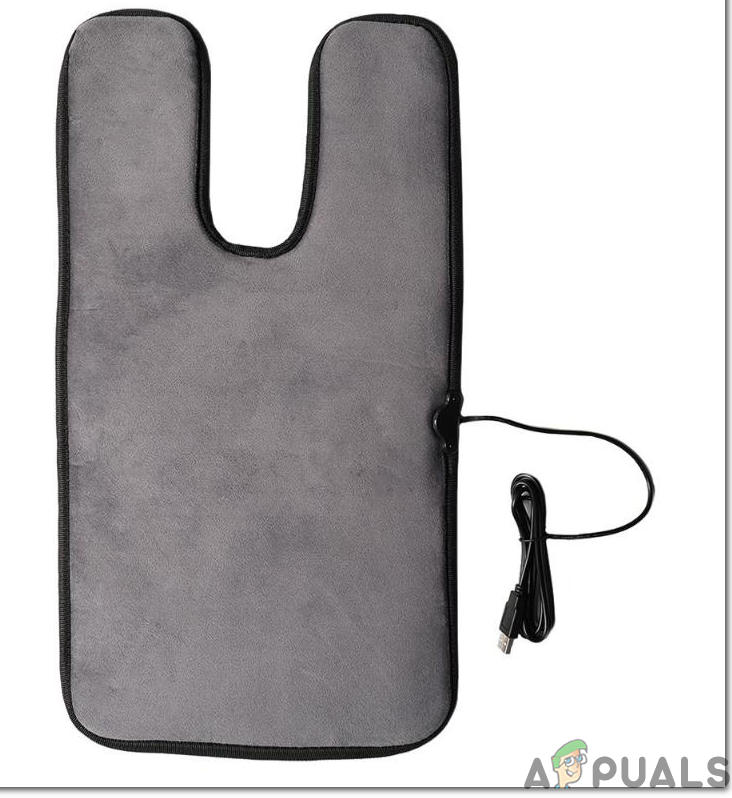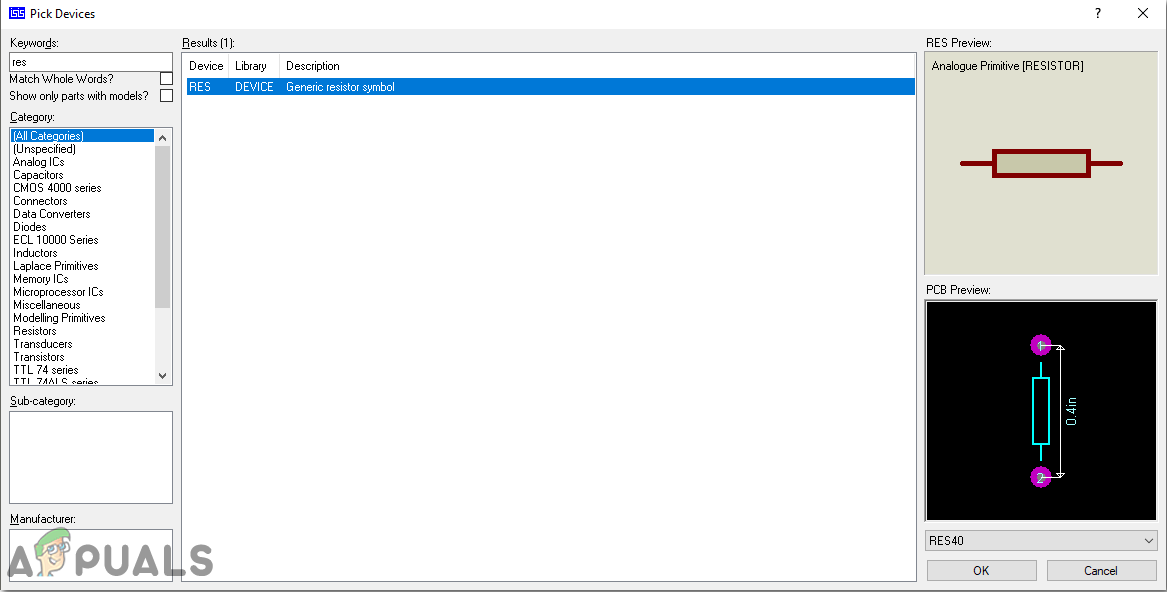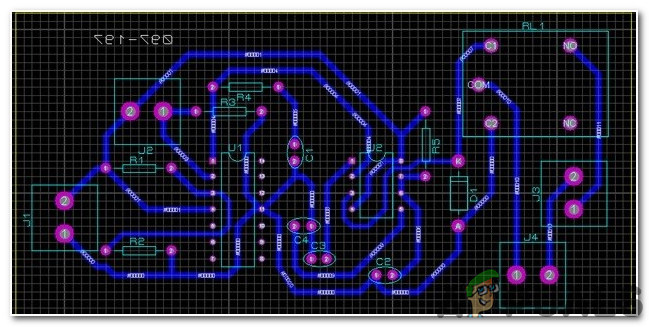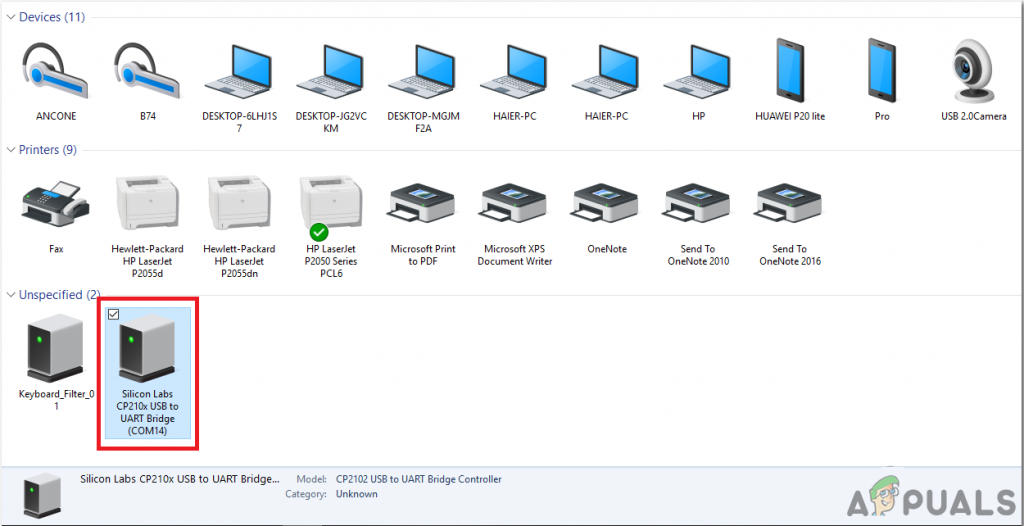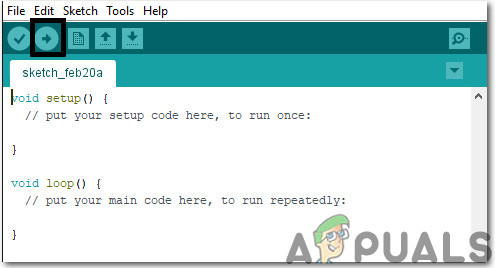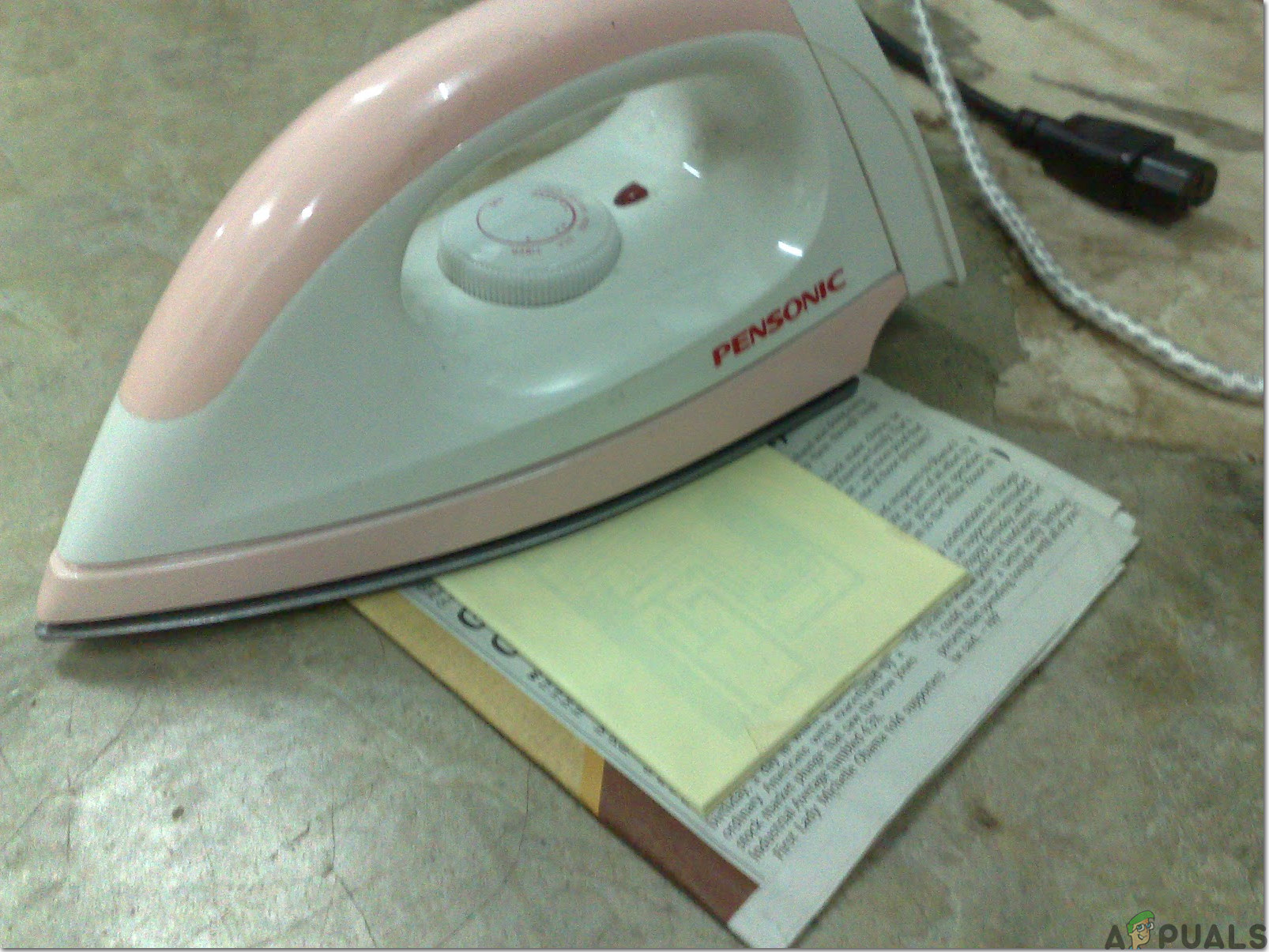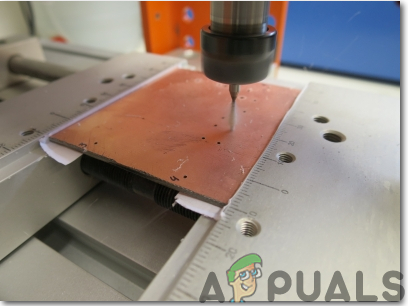How To Attach Heating Plates With Arduino?
Now, we will gather information regarding the electronic components before making a list of all the hardware components because no one will want to stick in the middle of a project just because of a missing component.
Step 1: Components Needed (Hardware)
Step 2: Components Needed (Software)
Step 3: Working Principle
The working principle of this project is quite simple. It is powered by the 12V Lipo battery. The Lipo battery is preferred in this project because it gives a good backup and it will provide a backup time of approximately 2 days or even more. An AC to DC adapter can also be used to power this circuit because our requirement is 12V DC. The backbone of this project are the Heating Plates that will be responsible for heating the sofa. The temperature will sense the temperature of the room and when the temperature falls below the limit that is set in the code the Relay module will be triggered and the heating will start. The heating will continue until the temperature is returned to its previous state. The Relay will be triggered when the temperature will fall below 25 Degrees and it will be turned OFF when the temperature is returned to its original position. The code can be altered according to your requirement and I have attached the code below so, that you can understand it and make the alterations if you want to.
Step 4: Simulating The Circuit
Before making the circuit it is better to simulate and examine all the readings on a software. The software we are going to use is the Proteus Design Suite. It is a software on which electronic circuits are simulated. After simulating the circuit we came to know that it is working fine, hence we will proceed a step ahead and design its PCB layout.
Step 5: Make A PCB Layout
As we are going to make the hardware circuit on a PCB, We need to make a PCB layout for this circuit first.
Step 6: Circuit Diagram
After making the PCB layout the circuit diagram will look like this:
Step 7: Getting Started With Arduino
If you haven’t worked on Arduino IDE before, don’t worry because a step by step to set up Arduino IDE is shown below. Download the code and necessary libraries by clicking Here.
Step 8: Understand The Code
The code used in this project is very simple and well commented. Although it is self-explanatory, it is briefly described below so that if you are using a different Arduino board like Uno, mega, etc you can modify the code properly and then burn it onto your board. 2. void setup() is a function that is executed only once in the code when the microcontroller is powered up or the enable button is pressed. The baud rate is set in this function which is basically the speed in bits per second by which the microcontroller communicates with the peripheral devices. 3. void loop() is a function that is executed again and again in a loop. In this function, we are reading the data from the output pin of DHT11 and switching the relay on or off at a certain temperature level. If the temperature is less than 25 degrees, the heating plates will turn on otherwise they will remain turned off.
Step 9: Setting Up The Hardware
As we have now simulated the circuit on software and it is working perfectly fine. Now let us move ahead and place the components on PCB. A PCB is a printed circuit board. It is a board fully coated with copper on one side and fully insulating from the other side. Making the circuit on the PCB is comparatively a lengthy process. After the circuit is simulated on the software, and its PCB layout is made, the circuit layout is printed on a butter paper. Before placing the butter paper on the PCB board use the PCB scrapper to rub the board so that the copper layer on board is diminished from top of the board. Then the butter paper is placed on the PCB board and ironed until the circuit is printed on the board (It takes approximately five minutes). Now, when the circuit is printed on the board, it is dipped into the FeCl3 solution of hot water to remove extra copper from the board, only the copper under the printed circuit will be left behind. After that rub the PCB board with the scrapper so the wiring will be prominent. Now drill the holes in the respective places and place the components on the circuit board. Solder the components on the board. Finally, check the continuity of the circuit and if discontinuity occurs at any place de-solder the components and connect them again. In electronics, the continuity test is the checking of an electric circuit to check whether current flow in the desired path (that it is in certainty a total circuit). A continuity test is performed by setting a little voltage (wired in arrangement with a LED or commotion creating part, for example, a piezoelectric speaker) over the picked way. If the continuity test passes, it means that the circuit is adequately made as desired. It is now ready to be tested. It is better to apply hot glue using a hot glue gun on the positive and negative terminals of battery so that the terminals of the battery may not be detached from the circuit.
Step 10: Testing The Circuit
After assembling the hardware components on the PCB board and checking the continuity we need to check whether our circuit is working properly or not we will test our circuit. After switching ON the circuit place it near to the place where the temperature is below 25 Degrees. You will observe that the plates will start heating and they will be turned OFF as soon as the temperature rises. After testing the circuit place it inside a covering. Covering can be designed at home using any material. For example, a wooden covering can be designed, a plastic casing can be designed or a circuit can also be placed inside a thick cloth and stitched. Then stick it at the bottom side of your sofa using double tape. Regularly monitor the battery and charge it frequently. That’s all for today. Keep on visiting our website for more interesting engineering projects and don’t forget to share your experience after making this project at your home.
Fix: Automatic Repair Your PC did not Start CorrectlyHow To Make An Automatic Feeding System For Your Pets?How to Fix Automatic Repair couldn’t repair your PC on Windows 10How to turn off Automatic Maintenance in Windows 10
